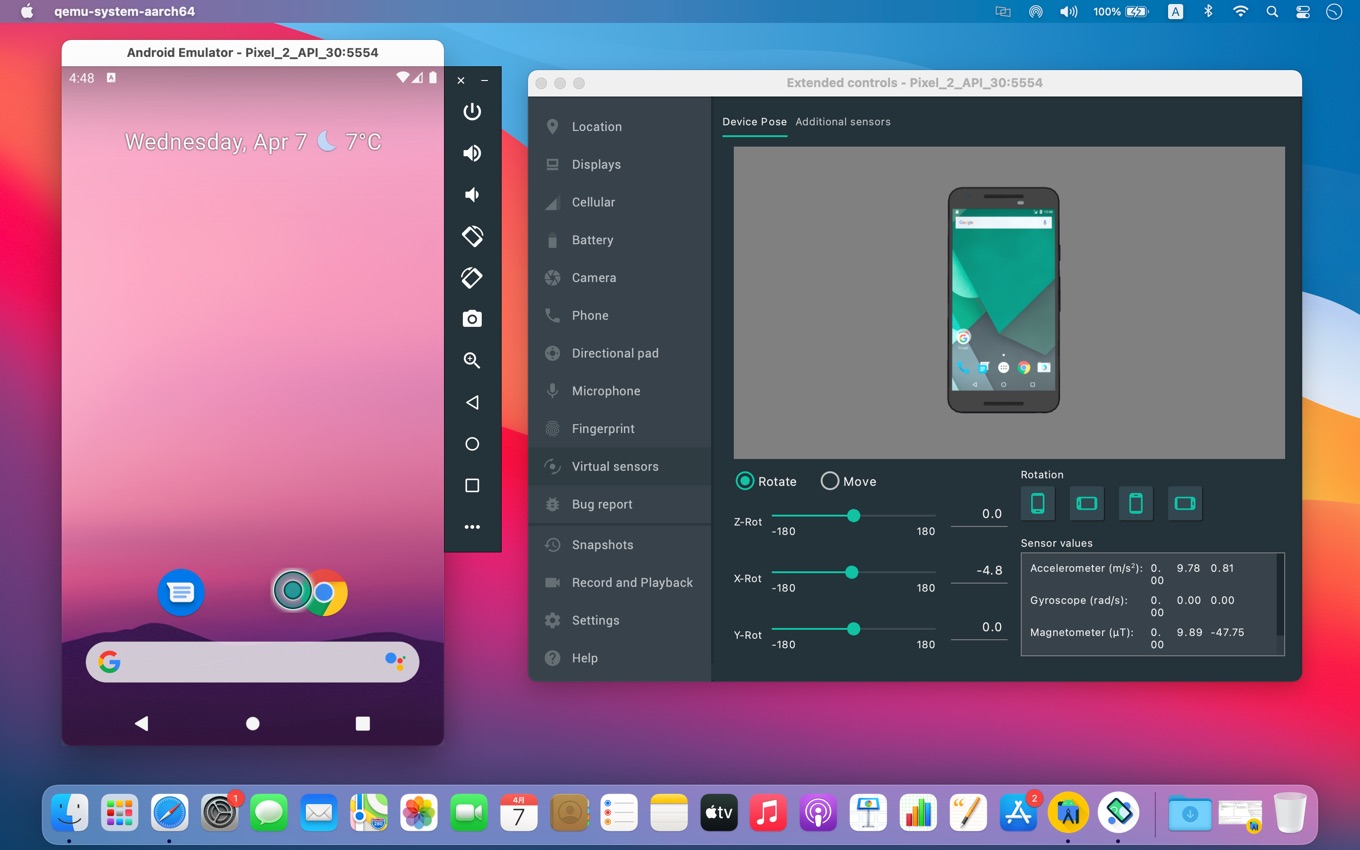
- #ANDROID STUDIO CREATE ARM EMULATOR HOW TO#
- #ANDROID STUDIO CREATE ARM EMULATOR INSTALL#
- #ANDROID STUDIO CREATE ARM EMULATOR ZIP FILE#
- #ANDROID STUDIO CREATE ARM EMULATOR LICENSE#
The default installation path contains at least one space, which may result in the emulator not being accessible in Eclipse and, therefore, Quantum Visualizer.
#ANDROID STUDIO CREATE ARM EMULATOR INSTALL#
Important: For Windows users, install the Android SDK to a folder with a path that has no spaces, for example: Place the contents in a folder in your system.
#ANDROID STUDIO CREATE ARM EMULATOR ZIP FILE#
#ANDROID STUDIO CREATE ARM EMULATOR LICENSE#
After reviewing the terms and conditions of the Android SDK license agreement, if you agree to them, check the option indicating that you have read and agree to them, and then click the download button. Depending on the operating system of your computer, click the appropriate SDK tools package.Using a web browser, navigate to the Command Line Tools download section on the Android studio and SDK tools download site.To download and install the Android Command line tools and necessary support packages, do the following: If you have not downloaded the required SDKs during the Android Studio installation, you can download and install the Android Command line tools (stand-alone SDK tools) by doing the following: Required SDKs and support packages can be optionally downloaded during the Android Studio installation process. Download and unzip the Android SDK and support packages To download and install Android Studio, click Google Android Studio. You must install Android Studio for building and testing Android applications using Quantum Visualizer. Be Aware of Common Issues with Gradle Migration.Follow Gradle-related Changes for different Quantum Visualizer Versions:.Launch the App from the Post Successful build.


#ANDROID STUDIO CREATE ARM EMULATOR HOW TO#
This section describes how to install and configure these resources. Gradle is an advanced build toolkit that manages dependencies and allows a developer to define custom build logic. Here you can do customization to AVD which you are creating as per your requirement.You are here: Configuring Your Computer > Install platform SDKs and their emulators > Android SDK and Emulator Android SDK and Emulatorīuilding and testing Android applications in Quantum Visualizer requires two primary resources: Android SDK and Gradle. Step 5: After that Enter the AVD Name in Android Virtual Device and Click on Finish button. So, we can go with the Marshmallow SDK Version. Here we have only Marshmallow SDK Version. If you have various SDK Versions like Kitkat, Lolipop and Marshmallow etc in your SDK then you can select one of them. Step 4: After that choose the SDK Version and Click on Next button. If your computer has low RAM then prefer to choose less resolution device. Important Note: Choose the pixels resolution according to your requirements as it will take huge RAM in large pixels resolution device. Step 3: After that choose the Category, phone size and choose the pixels according to your requirement. After that Click on Create Virtual Device. Step 2: Android Virtual Device Manager will be opened. Another way to open the AVD Manager directly by the AVD icon in the Tool bar. Step 1: Firstly, Select Tools > Android > AVD Manager > Click the AVD Manager icon in the toolbar. How to Create Virtual Device/Emulator in Android Studio:

It is also called Emulator.īelow are the steps to create New AVD (Android Virtual Device) In Emulator: AVD Manager is basically a tool which you can use to create and manage AVD (Android Virtual Devices) for the Android Emulator. We start AVD in Emulator to test our Android App.

How to Create New AVD (Virtual Device) In Emulator in Android Studio


 0 kommentar(er)
0 kommentar(er)
